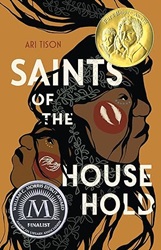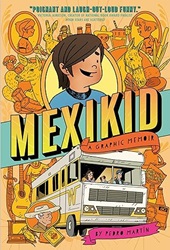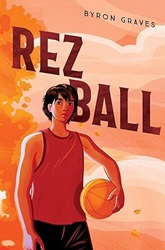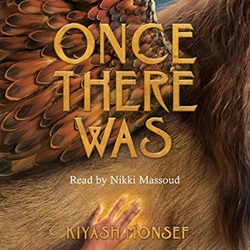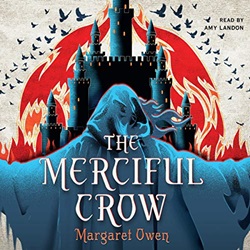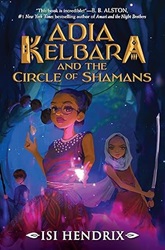Review of Saints of the Household, by Ari Tison
by Ari Tison
Farrar Straus Giroux, 2023. 312 pages.
Review written May 14, 2023, from my own copy, sent by the publisher.
Starred Review
2024 Walter Dean Myers Award Young Adult Winner
2024 Pura Belpré Award Young Adult Author Winner
2024 William C. Morris Debut Award Finalist
2023 Sonderbooks Stand-out: #4 More Teen Fiction
[Note: This review was written after I read the book the first time, before I discussed it with the Morris committee and before two more readings. I was blown away by this book from the first time I read it.]
Saints of the Household opens when two brothers, Jay and Max, are going to back to school after being suspended for beating up the school soccer star. They’re both seniors in high school, eleven months apart, and have to meet with a counselor, who is also requiring them to meet with their victim for reconciliation.
Jay is trying to figure out how things went so far, but we gradually learn that they saw the soccer star being rough with his girlfriend Nicole, Jay and Max’s cousin. Jay, Max, and Nicole are the only indigenous people at their Minnesota rural high school. Jay’s worried she won’t speak to them again, but also worries that the boy isn’t treating Nicole the way she deserves to be treated. And we find out that the boys’ dad isn’t treating their mother the way she deserves to be treated, either. In fact, Jay and Max have plenty of personal experience with abuse.
The story is told in short vignettes from Jay and poetry from Max, who is an artist. Jay worries that if Max doesn’t take the reconciliation process seriously, he won’t get into art school. But he has to learn that they each have their own burdens to carry.
As the book goes on, we grow to understand how each boy is coping. The book deals with abuse, trauma, depression, and protecting others – but also art, healing, strength and survival. The beautiful writing draws you in and makes you care about these boys.
Here’s one of Jay’s vignettes toward the end (not giving anything away), when he’s helping his grandpa get his home ready after an absence in the Minnesota winter:
First, we warm the house, and then we pull off the panels nailed to the windows that protected them in the cold. We have hammers, and we tug to undress this house.
I feel like this house.
Boxed up for a season of survival. I have survived well like this house. My muscles are as strong as ever as I tear off each panel. It’s a good strength, one I don’t need to use to hurt. A useful strength, and it has me crying. I start tearing off the wood faster and faster because I can’t help but think of each of these boards as a thick skin I had put up. I don’t even know what’s inside there.
The writing is stunningly beautiful, and I was amazed this is a debut author.
Find this review on Sonderbooks at: www.sonderbooks.com/Teens/saints_of_the_household.html
Disclosure: I am an Amazon Affiliate, and will earn a small percentage if you order a book on Amazon after clicking through from my site.
Disclaimer: I am a professional librarian, but the views expressed are solely my own, and in no way represent the official views of my employer or of any committee or group of which I am part.
What did you think of this book?
